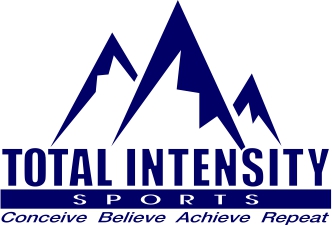
Pretty much everyone has had some sort of injury at one point or another. We all know how frustrating they can be and no one wants to interrupt their training for a strained calf or knee or whatever you want to name. The risk of injuries can be greatly reduced with consistency in a few areas of your training.
Functional Strength Training
The term “functional” is key here. These are exercises and movements that require you to engage and use muscles other than the “targeted” muscle groups. They require balance because they are done on one leg or with something that has some degree of instability. Here’s a simple comparison of two hamstring exercises. The first is the standard hamstring curl machine. We’ve all seen them in the gym. One has you laying on your stomach, the other version has you in a seated position. While they are working the hamstrings, they don’t require any sort of balance. A better, more effective hamstring exercise is a fitball hamstring curl. You start out on your back with a fitball under your feet. You’re at an angle of about 45° to start with and then you pull your feet (and the ball) towards you by flexing your hamstrings. What adds to the challenge is the fitball wanting to move side-to-side and your feet not wanting to stay on top of the fitball when you make the movement. You are forced to engage stabilizing muscles throughout your core and torso, your hips and glutes, as well as the primary movers, the hamstrings.

Bottom line, seek out exercises which incorporate other muscles, specifically stabilizing muscles and require balance.
Flexibility Training
This is HUGE. Many times it is the last thing we want to do, but it’s one of the easiest things to get done. There are different types of stretching and I encourage both dynamic (best done at the start of your swims, bikes and runs) and static stretching. Static stretches are best shortly after you’re finished with a workout, but if you can’t fit that in, and are stretching “cold” muscles, be careful to EASE into each stretch.
Here are strategies to fit it in some static stretching.
- Do it in front of the TV at night. Don’t just melt into the couch, lay on the floor and get some stretching in while you are watching your favorite shows.
- Create a couple of relaxing playlists on your Ipod and listen to them while you are stretching. Get in a room by yourself and use the music and time alone to relax, destress and stretch.
- Use what I call a “yoga-focus” approach. When you engage into a stretching position, Instead of using time as your gauge for how long to hold a stretch, take 5 or 6 slow deep breaths. Once you do those, move on to the next stretch.
Flexible muscles are a lot less likely to get strained or pulled, so do thorough warm ups and cool downs with a combination of dynamic and static stretching.
Be Consistent
This is across the board – be consistent with your functional strength training, be consistent with your stretching, be consistent with your swimming, cycling and running. Consistency with all aspect of your training and gradual build ups of your training volume will allow your body to adapt to the rigors of your training. Don’t make big jumps in your long run from say an hour to 1.5 hours and then to 2.0 hours in a matter of 14 days… you’re asking for trouble.
Listen to your Body
This really applies to a lot of aspects of your training, but always listen to what your body is telling you. If it is sending you pain signals when you are doing something, then back off. Never try to push through knee pain or a pulled muscle in hopes of it going away. Your body is telling you something, so listen to it. If you refuse to listen, at some point your body will refuse to let you continue. When in doubt, back off.
Dedicate yourself to these aspects of your training and you will see the difference evolve in how your body moves and how it feels. Once you get there, don’t stop. Keep it up and continue the process and your body will really respond.









